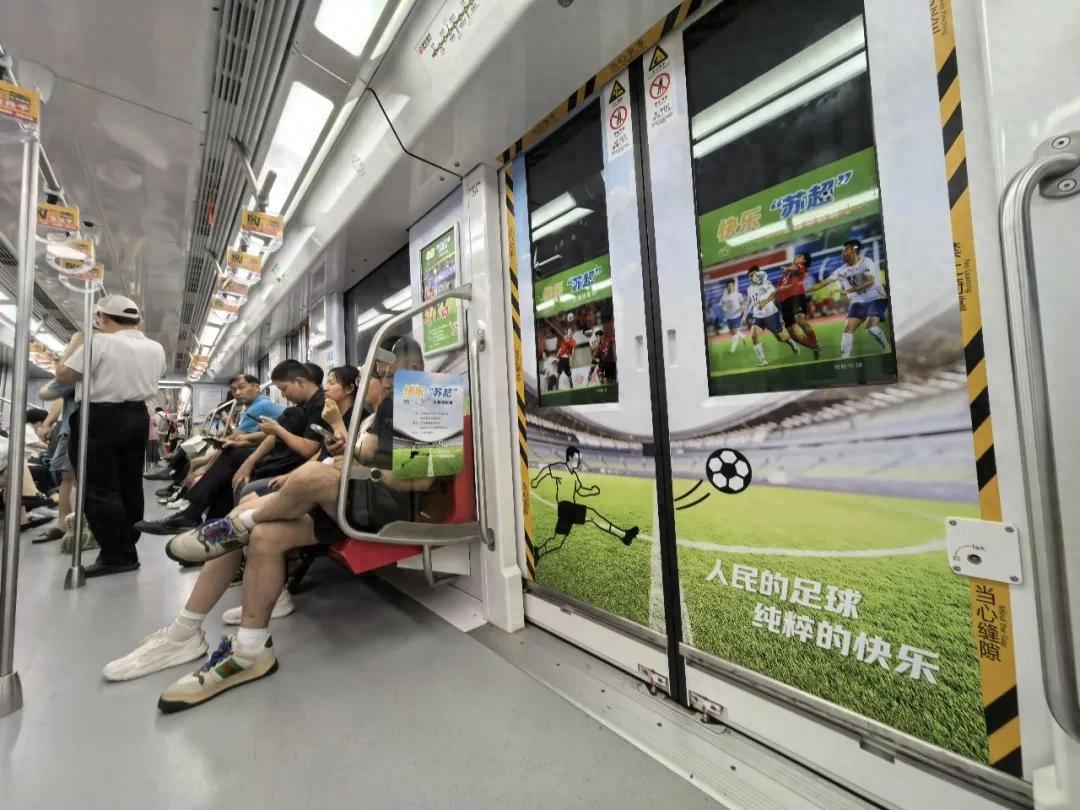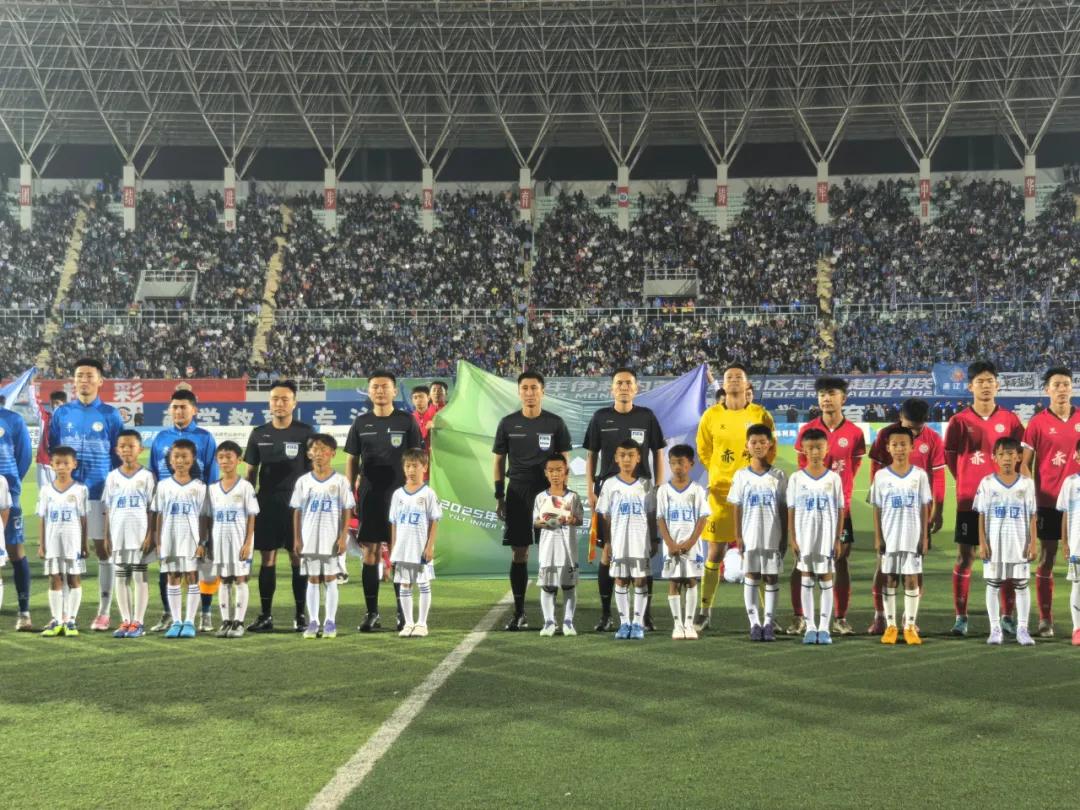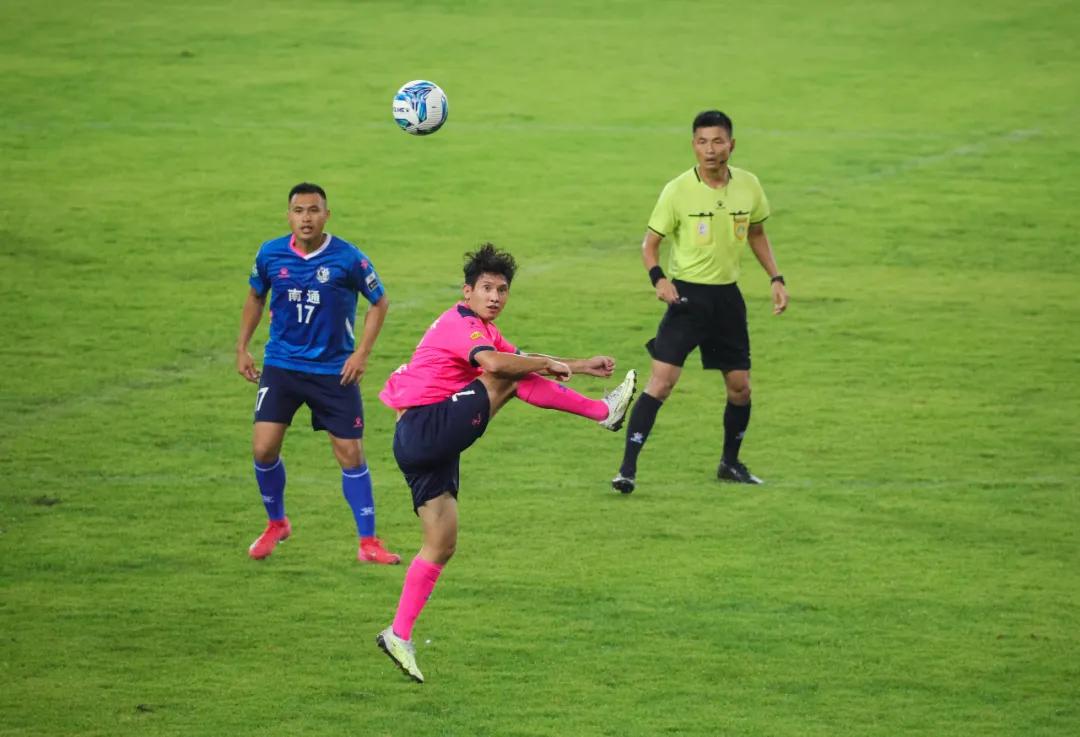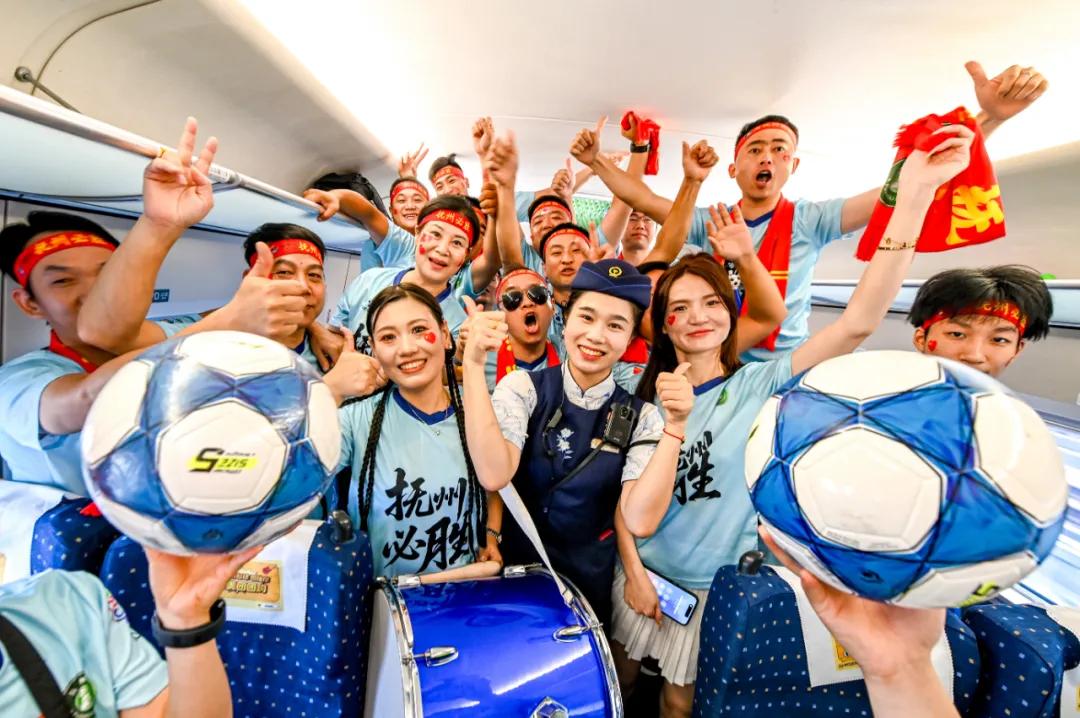What else is needed to safeguard the "Su Chao" leagues?

Chief reporter Chen Yong reports Behind the thriving social football tournaments such as the "Su Chao," sustainable development is a critical direction for the near future. This encompasses several layers, including ongoing commitment from the national and local governments, and the necessity to streamline the relationships between different competitions, which has been explained in earlier sections. Additionally, it involves addressing various challenges during the development of social football events, including how to maintain stable economic growth.
In this chapter, we will analyze the construction of the competition system, the various challenges that need to be overcome in the future, as well as commercial models and industry development.

The construction of China’s social football competition system, besides national-level coordination, mainly focuses on two directions at the provincial and municipal levels and within the competitions themselves: first, balanced development among different types of competitions; second, coordination and innovation within competitions of the same type.
Balanced development among different types of competitions is required This year’s "Meng Chao" city league, beyond the competition itself, also connects with qualification spots for the China League Two. According to the Chinese Football Association’s quota allocation, clubs from the top-ranked cities in the city league are selected through a recommendation system to participate in China League Two. This is related to Inner Mongolia’s unique geography: the drive from Hohhot to Hulunbuir exceeds 1800 km, which is 200 km farther than the distance from Hohhot to Changsha; from Bayannur to Hulunbuir is over 2200 km, comparable to the distance from Hohhot to Guangzhou. Despite this, Chen Yongzhe, head of the Football Department of Inner Mongolia Sports Bureau, told reporters that the "Meng Chao" plans to launch a home-and-away single round-robin tournament among 12 city alliances in 2026.

Normally, for coastal provinces and economically developed inland provinces like Beijing, Chongqing, Sichuan, Henan, Hubei, Hunan, Anhui, Shaanxi, and Jiangxi, the ideal state for city leagues, amateur club leagues, and professional football development is to adopt either a home-and-away league or a hybrid format dominated by home-and-away matches.
Regarding the scheduling coordination of different types of competitions, it requires coordination at both national and provincial/municipal levels, including harmonizing competition names. This year, while the "Su Chao" was underway, the "Su Guan" also began. Some players had to represent both city teams and club teams, leading to scheduling conflicts that stretched their availability.
For provinces and autonomous regions with less developed economies, they can decide their competition systems according to their own conditions. Taking Xinjiang as an example, where promotion to professional leagues faces many difficulties, focusing on building its own competition system is a practical approach.
Coordination and innovation within single-type competitions must proceed simultaneously The 2025 city league competition formats are generally similar, divided into two stages: regular season plus finals. Provinces or cities with fewer administrative divisions usually adopt a single round-robin format, while those with more administrative divisions tend to use grouped single or double round-robin formats. The finals are typically knockout rounds with either single or double home-and-away matches. Some provinces with fewer divisions, like Qinghai, have a single-stage competition, while Liaoning’s format differs significantly from others.
Basic coordination of competition formats is necessary, including when establishing a national provincial and municipal league (championship) in the future, provincial and municipal city leagues will require fundamental coordination. Given China’s vast territory and uneven economic development, such as in northern and northeastern regions, adopting the "Hebei Five Super" model to hold official indoor five-a-side home-and-away leagues in winter is a very good practice.


Fair play and discipline are the lifeline Previously, the Chinese Football Association’s release of the "Chinese Football Association Social Football Competition Fair Play and Discipline Management Measures (Trial)" sparked widespread controversy, largely due to misunderstandings. Some thought the CFA would interfere with the "Su Chao," but this is not the case. Fair play and discipline are the lifeblood of any competition, not just professional leagues. Past experiences with match-fixing, betting, biased refereeing, on-field violence, and fan disturbances have shown how these issues can devastate a competition. Currently, the thriving city leagues’ organizers, local football associations, and judicial systems all attach great importance to fair play and discipline, which is a positive sign. Maintaining fair play should not rely solely on competition management bodies but also requires self-discipline and oversight from players, fans, and public opinion.
Refereeing remains a major challenge The focal issue in Chinese professional football leagues currently centers on referees. On one hand, referees’ skill levels are insufficient; on the other hand, fans exhibit zero tolerance toward errors and show tendencies of "local protectionism," which causes significant difficulties for professional leagues. The same applies to the currently popular city leagues. According to local football associations reporting to this newspaper, refereeing faces the greatest pressure. As mentioned before, the boom in city leagues will inevitably promote the improvement of refereeing standards, but at this stage, all parties need to show greater tolerance toward refereeing.

Reducing administrative costs is necessary During interviews, this newspaper learned that another major pressure on the booming city leagues is the high administrative costs: staff involved in competition, security, media, and other departments face heavy workloads. This stems from three main reasons: first, the construction of local football associations has lagged behind, making it difficult to cope suddenly with such high-level and popular leagues; second, Chinese football’s prolonged downturn has resulted in a shortage of professional personnel, causing inefficiencies; third, new ventures inevitably experience some disorder in their early stages, leading to high administrative expenses.
These issues can be resolved over time. In fact, the booming social football competitions can promote the development of local football associations and help cultivate and improve the quality of professionals in competition management, security, and refereeing. From a longer-term perspective, stable development of various types of amateur leagues will certainly create more employment opportunities.
It is important to note that the administrative costs caused by strict fair play and discipline enforcement are significant. While strict discipline itself is necessary, the resulting security and public opinion pressures bring heavy administrative burdens. Therefore, in handling emergencies, the evaluation criteria should not be "whether incidents occur," but rather "whether systems are sound and responses are timely and accurate."


Economics is the lifeline of leagues. Although ticket prices for city leagues like the "Su Chao" are very low, the "breaking the circle" effect has attracted comprehensive sponsorship support, including sponsorships for the overall "Su Chao" and individual participating teams. The number of sponsors for "Su Chao" rose from six before the season started, to 19 before the fourth round, and to 27 before the sixth round, excluding public welfare sponsors. In other words, the current "Su Chao" is close to the commercial model of world-class leagues. However, compared to top global leagues, "Su Chao" faces greater challenges in broadcast revenue, especially since its commercial model integrates cultural tourism and aims for broad public promotion, making broadcast reach more important than broadcast income.
Long-term, diversified, and industrialized commercial models City leagues including the "Su Chao," as well as provincial and municipal club leagues, must place great emphasis on commercial models, striving to build long-term, stable, and diversified commercial systems. They also need to explore commercial integration by leveraging this "super IP," constructing their own "IP industry matrix." That means "Su Chao" should not only focus on competition and sponsorship but also prioritize industrial development by attracting top commercial talent to support the building of the "Su Chao" and other "IP industry matrices."
Continuous innovation and normalization of cultural tourism support The core of city leagues like the "Su Chao" lies in the high-level attention from provincial and municipal governments, coordinating sports, cultural tourism, and publicity systems to create the competition framework. It is a highly integrated cultural tourism event, not simply a "cultural tourism competition" as some social media outlets claim.
Beyond ensuring orderly, complete, and healthy competition development, innovative and normalized support from the cultural tourism sector is crucial. The ultimate goal is a deep integration of football and cultural tourism, where "Su Chao" is seen everywhere in dining, entertainment, and leisure, and watching "Su Chao" brings thoughts of enjoying food, drink, and fun.

In summary, city leagues like the "Su Chao," including other club leagues and grassroots leagues, truly need to build a triple core:
The first core is football competition This includes but is not limited to governance systems, talent development, and stadium appeal. If this core collapses, everything else will fall apart.
The second core is industry development Building a sound commercial and industrial structure is the most important support for the competitive core, ensuring the stable development of the competition system.
The third core is cultural tourism integration Extending the competition’s influence to all aspects of city life — dining, entertainment, clothing, food, housing, and transportation — and establishing orderly and comprehensive cultural tourism exchange links between cities.
This also applies to professional leagues. Unfortunately, in the past, we placed great emphasis on competition but still faced many problems, neglected industry development leading to unstable league support, and long ignored cultural tourism integration. Fortunately, alongside the rapid growth of social football events, professional competitions are also becoming increasingly popular: the Chinese Super League has recorded 12 matches with over 60,000 attendance historically, with 11 of those this season; the 2024 CSL season, building on previous popularity, is expected to see overall attendance rise by about 25% compared to last season; away fans are breaking records, and cultural tourism integration between cities is beginning to show. Therefore, Chinese professional football leagues also need to develop these three cores — competition, industry, and cultural tourism — to achieve stable growth.



Wonderfulshortvideo
User PlaymakerHub has posted a video.








 Links
Links
 Contact
Contact
 App
App


